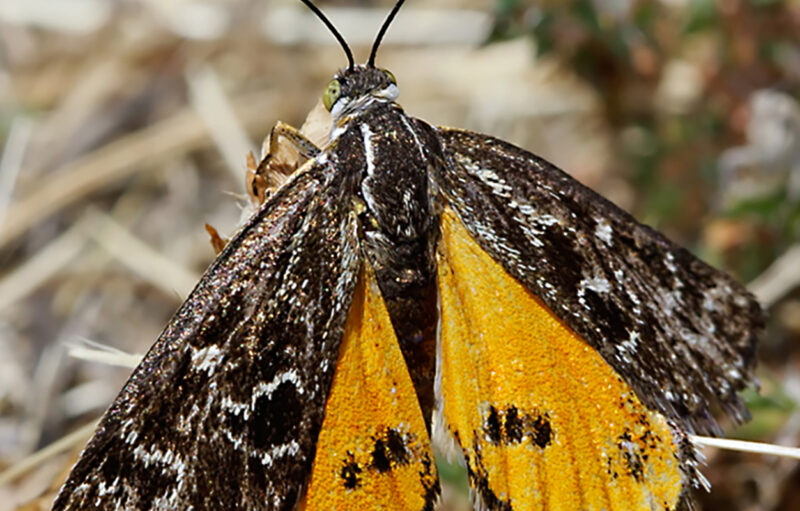PARK WATCH Article June 2025 |
Swell
Whether you’re a surfer or not, it’s hard to ignore the breathtaking sight of swell lines rolling steadily toward the shore. But what exactly is swell, and how is it formed?
Swell refers to a group of waves that have travelled long distances across the ocean, often arriving in rhythmic sets visible on the horizon. These waves can originate from powerful weather systems located thousands of kilometres away – an impressive demonstration of nature’s energy at work.
When wind blows across the ocean’s surface, it transfers energy into the water. This energy radiates outward from the storm or weather event that created it, forming the long, even lines we recognise as swell.
The spacing between these wave lines – known as the period – can reveal a lot about their journey. Swell lines that are close together generally result from local wind conditions and tend to carry less energy. In contrast, swell with longer periods between waves usually comes from far-off storms and carries significantly more power.
The strength and consistency of a swell are influenced not just by the wind itself, but also by the fetch (the distance over which the wind blows uninterrupted) and the duration of that wind. The longer and stronger the wind blows over a large stretch of ocean, the more energy is transferred into the water, producing larger, more organised swells.
Not all waves are created equal. Wind waves are generated by local winds and tend to be shorter, choppier, and less consistent. In contrast, groundswells – which form from distant storms – are longer, more powerful, and provide the clean, well-formed waves surfers chase around the world.
Mother Nature is more than swell, she’s fascinating!
Shannon Hurley, Nature Conservation Campaigner
- Read the latest full edition of Park Watch magazine
- Subscribe to keep up-to-date about this and other nature issues in Victoria
- Become a member to receive Park Watch magazine in print
